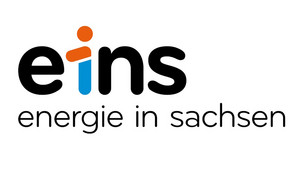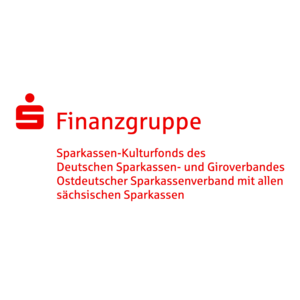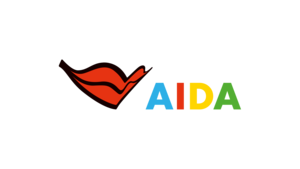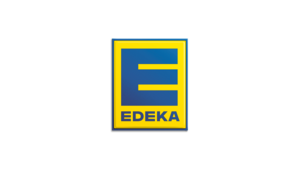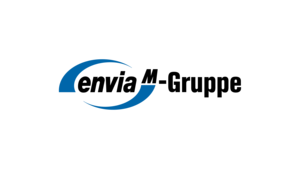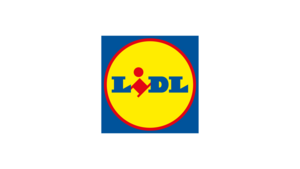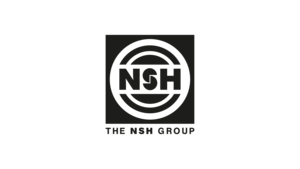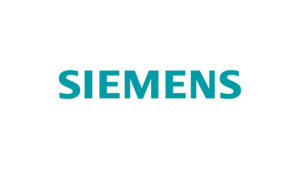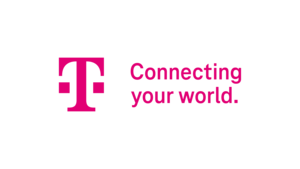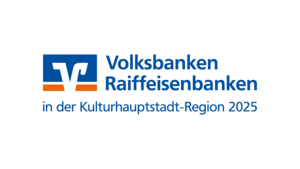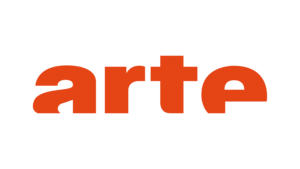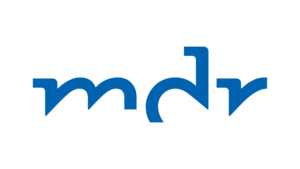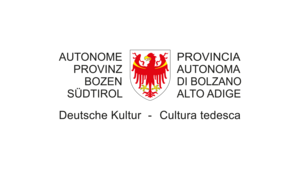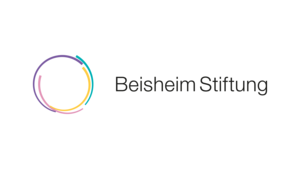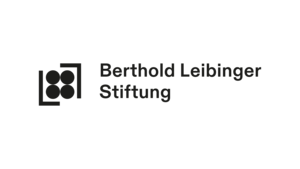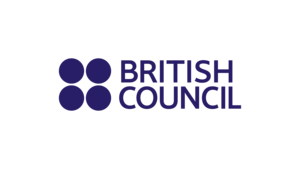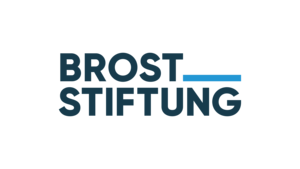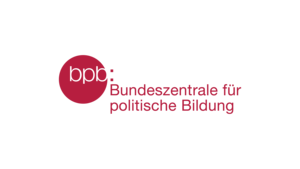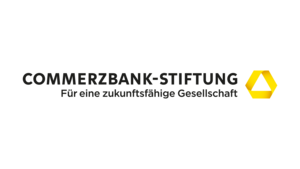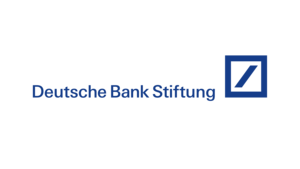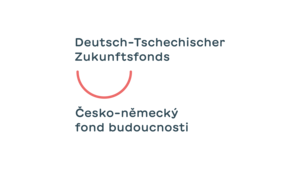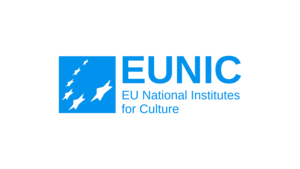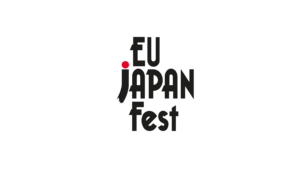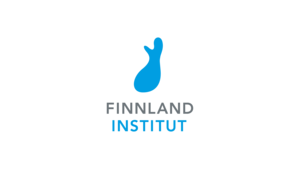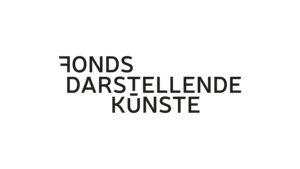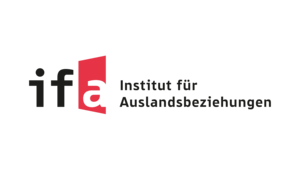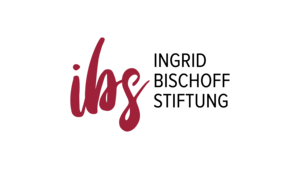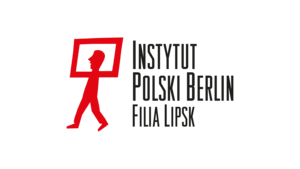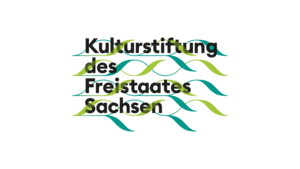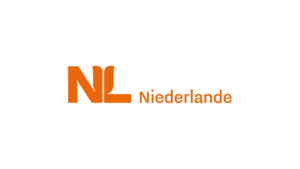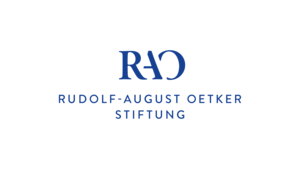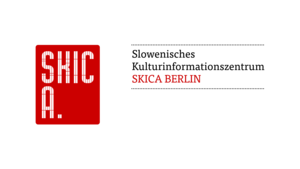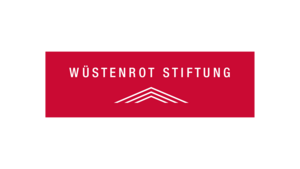BrennTonWerkstatt // Field firing - building your own ceramic kiln
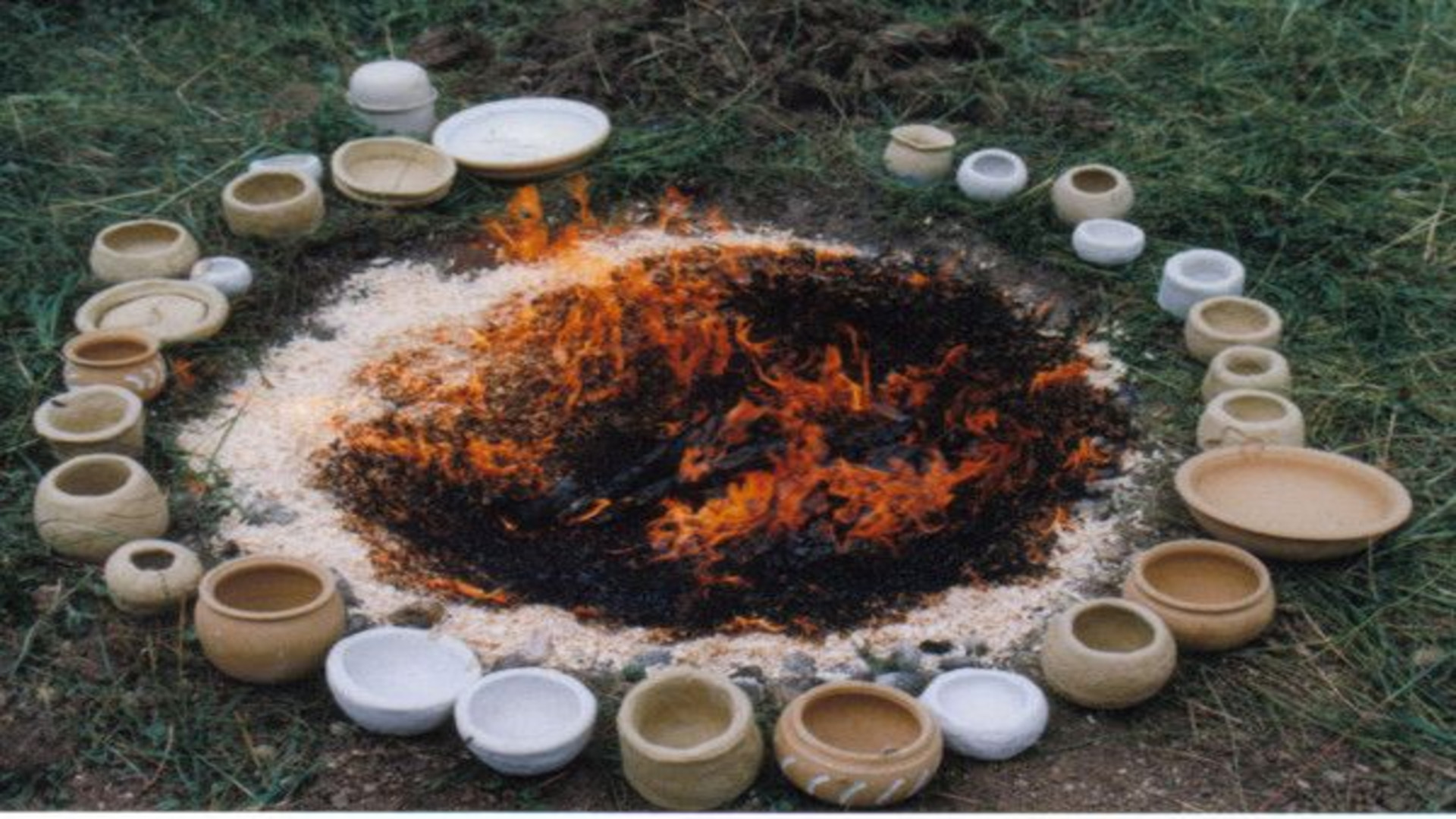
Event information
Date & Time
entrance free
A so-called open field fire is carried out for the objects from the workshops in May. A small pit is dug and filled with sawdust and various other firing materials (wood, branches, corncobs, etc.). The surface of the ceramics becomes particularly beautiful when table salt or copper carboy is added. This exciting experience takes time, which is why firing is started early. After firing, the kiln will be left to cool down and on 8 June the kiln will be removed and the hopefully spectacular results viewed together.
P.S. Everyone who was not there on 31 May is also cordially invited. Depending on the capacity of the kiln, you can also bring along clay objects that have already been created.
The artist duo Priska Engelhardt and Patrick Will would like to explore the hidden world of natural and wild resources with the participants. From their point of view, the interesting questions and discoveries are right underfoot or often next to it: Like small plants between pavement slabs, overgrown gardens between houses or forgotten ponds on the edge of a village. These places are to be found in Augustusburg, samples taken and a collection created for a clay workshop in the Lehngericht.
As freelance artists, they proceed in a similar way. They look for exciting stories and background information on the internet, on the street or from friends. Sometimes they already know at the beginning what they want to create from this research - a drawing, an installation, a film or a text. Sometimes, however, they don't know. Then they explore whether the research can show a suitable form of themselves or consider what their strengths are:
Priska is particularly good at firing earth into extremely solid and unique objects. To do this, however, the right clay soil must first be found and prepared. It would also be possible to go to a shop and buy clay, but in the long run this would become too boring because there would be no discoveries and everything would end up looking the same.
Patrick is particularly skilful at finding things, plants or places and making them talk that others wouldn't even touch with their hands. He uses people's negative reactions to the objects he examines to scrutinise them. When plants are labelled as weeds - unnecessary herbs - this becomes a motivation to take a closer look and discover many useful properties or phenomena. When he talks about his discoveries in loudspeaker installations, films or on walks, even sceptics listen with rapt attention and sometimes question their attitude.
The workshop is part of the event series ‘333 Hours Workshop of Wonders’, a project within the framework of the European Capital of Culture Chemnitz 2025. This measure is co-financed by tax funds on the basis of the budget adopted by the Saxon State Parliament and by federal funds from the Federal Government Commissioner for Culture and the Media as well as by funds from the City of Chemnitz.

